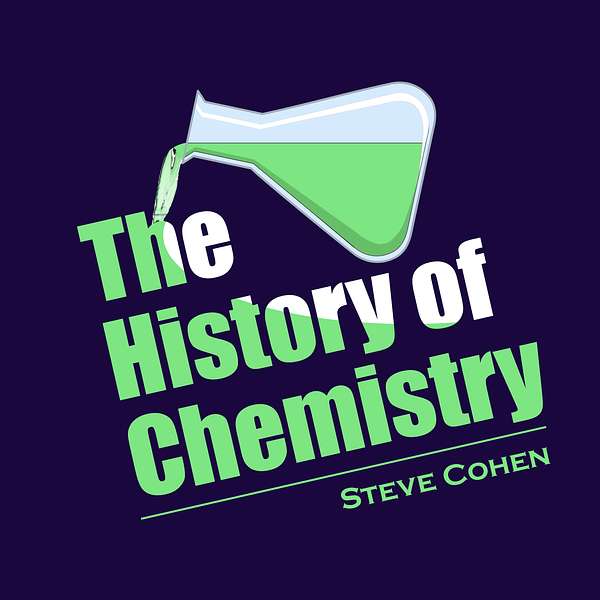
The History of Chemistry
Chemistry is everywhere, and involves everything. But how did chemistry get to be what it is? I'm Steve Cohen, a chemist and writer, bringing you The History of Chemistry. This podcast explores the development of chemistry from prehistoric times to the present, including the people and societies who made chemistry what it is today. The History of Chemistry is for you, whether you hated chemistry in high school, or got a PhD in inorganic chemistry. We'll explore how chemistry affected art, music, language, politics and vice-versa. Whether it's ancient Greek philosophers, medieval alchemists, or modern laboratory apparatus, it's all here. Don't forget to support my series at https://www.patreon.com/thehistoryofchemistry !
The History of Chemistry
89: Pathological Science
•
Steve Cohen
•
Episode 89
This episode is all about chemical examples of "pathological science," as Irving Langmuir called it, "the science of things that aren't so." We hear of the six symptoms of pathological science, then we learn of three examples of pathological chemistry: polywater, promoted by Boris Deryagin, from the 1960s and early 1970s; memory water, promoted by Jacques Benveniste, from 1988, and its close cousin, homeopathy; and finally cold fusion, promoted by Martin Fleischmann and Stanley Pons in 1989.
- Support my podcast at https://www.patreon.com/thehistoryofchemistry
- Tell me how your life relates to chemistry! E-mail me at steve@historyofchem.com
- Get my book, O Mg! How Chemistry Came to Be, from World Scientific Publishing, https://www.worldscientific.com/worldscibooks/10.1142/12670#t=aboutBook